Home>Gardening & Outdoor>Outdoor Structures>What Is The Asset Type For A Tool Shed


Outdoor Structures
What Is The Asset Type For A Tool Shed
Modified: January 6, 2024
Discover the asset type for a tool shed and other outdoor structures. Learn about the different types and materials for your outdoor storage needs.
(Many of the links in this article redirect to a specific reviewed product. Your purchase of these products through affiliate links helps to generate commission for Storables.com, at no extra cost. Learn more)
Introduction
Welcome to the world of outdoor structures, where functionality meets aesthetics. In this comprehensive guide, we will delve into the intriguing realm of tool sheds. These humble yet indispensable structures have been an integral part of residential and commercial properties for generations. Whether you are a seasoned DIY enthusiast, a gardening aficionado, or a professional tradesperson, the tool shed is a sanctuary for your equipment, a bastion of organization, and a cornerstone of productivity.
Amidst the verdant landscapes and urban backdrops, tool sheds stand as stoic sentinels, guarding an array of implements and machinery. As we embark on this journey, we will unravel the nuances of these structures, explore their diverse typologies, and decipher the intricate process of determining the asset type for a tool shed.
So, join us as we traverse the terrain of tool sheds, unearthing their significance, unraveling their mysteries, and gaining a profound understanding of their role as invaluable assets in the realm of outdoor structures.
Key Takeaways:
- Tool sheds are versatile outdoor structures that store tools and equipment while enhancing property aesthetics. They come in various types, such as wooden, metal, and plastic resin sheds, offering different benefits for homeowners.
- Determining the asset type for a tool shed involves considering factors like construction material, size, customization, location, and maintenance. This classification is essential for accounting, insurance, and property valuation purposes, ensuring accurate representation of the shed’s value.
Read more: What Is The Synonym Of Tool Shed
Understanding Tool Sheds
Tool sheds, often referred to as garden sheds or storage sheds, are versatile outdoor structures designed to store and organize a myriad of tools, equipment, and supplies. These compact yet capacious edifices serve as a haven for gardening implements, woodworking tools, lawn maintenance equipment, and various other items essential for outdoor activities and home maintenance.
Beyond their utilitarian function, tool sheds also contribute to the aesthetic appeal of a property, complementing the landscape with their charming presence. They come in an assortment of sizes, styles, and materials, ranging from quaint wooden sheds nestled amidst flower beds to robust metal structures standing resolutely in industrial settings.
One of the defining features of tool sheds is their adaptability. They can be customized with shelves, hooks, and storage systems to accommodate specific tools and optimize available space. Additionally, some tool sheds are equipped with workbenches, providing a dedicated area for hands-on projects and repairs.
Furthermore, tool sheds are not limited to residential applications. They are commonly found in commercial and institutional settings, such as parks, schools, and community gardens, where they serve as repositories for landscaping tools, maintenance supplies, and recreational equipment.
As we unravel the essence of tool sheds, it becomes evident that these structures embody a harmonious blend of functionality and charm, enriching the outdoor environment while fulfilling a crucial organizational role.
Different Types of Tool Sheds
Tool sheds come in a diverse array of types, each tailored to specific needs and preferences. Understanding the variations among these structures is essential for selecting the most suitable option for your requirements. Here are some of the common types of tool sheds:
- Wooden Sheds: These classic structures exude rustic charm and blend seamlessly with natural surroundings. They are available in a range of wood types, including cedar, pine, and redwood, offering durability and visual appeal. Wooden sheds can be stained or painted to complement the existing aesthetic of the property.
- Metal Sheds: Known for their robustness and low maintenance requirements, metal sheds are often constructed from galvanized steel or aluminum. They are ideal for safeguarding tools and equipment from the elements and are resistant to pests and decay.
- Plastic Resin Sheds: Lightweight and highly durable, plastic resin sheds are impervious to rot, rust, and peeling. They are easy to assemble and maintain, making them a convenient choice for homeowners seeking a hassle-free storage solution.
- Customizable Modular Sheds: These versatile sheds offer a modular design, allowing for easy customization and expansion. They can be tailored to specific dimensions and equipped with optional accessories such as windows, skylights, and ventilation systems.
- Vertical Storage Sheds: Designed to maximize vertical space, these compact sheds are ideal for confined areas. They feature tall, narrow profiles and shelving systems that optimize storage capacity without occupying substantial ground space.
Each type of tool shed presents unique advantages and considerations, encompassing factors such as aesthetics, durability, maintenance, and customization potential. By exploring the diverse options available, individuals can make an informed decision that aligns with their functional requirements and design preferences.
The asset type for a tool shed is typically considered a “non-structural improvement” on a property. This means it is a permanent fixture that adds value to the property, but is not part of the main structure.
Determining the Asset Type for a Tool Shed
When determining the asset type for a tool shed, several factors come into play, shaping the classification of this essential outdoor structure. The asset type designation is crucial for accounting, insurance, and property valuation purposes. Here are the key considerations for determining the asset type for a tool shed:
- Construction Material: The material composition of the shed, whether wood, metal, plastic resin, or a combination thereof, influences its categorization. Each material type carries distinct attributes in terms of durability, maintenance requirements, and visual appeal.
- Size and Design: The dimensions and architectural style of the shed contribute to its asset classification. This includes the footprint, height, roof design, and any additional features such as windows, doors, and ventilation systems.
- Customization and Accessories: Sheds equipped with customized features, such as built-in shelving, workbenches, or electrical fixtures, may be designated differently based on their enhanced functionality and utility.
- Location and Land Use: The shed’s placement within the property and its intended use play a role in determining its asset type. For instance, a tool shed situated in a designated workspace area may be categorized distinctively from a shed integrated into the backyard landscape.
- Maintenance and Longevity: Considerations related to the shed’s maintenance requirements and expected longevity contribute to its asset classification. Structures designed for long-term durability and minimal upkeep may hold a different asset designation than those requiring frequent maintenance.
It is important to collaborate with property appraisers, insurance professionals, and accounting experts to ensure that the asset type for a tool shed aligns with regulatory standards and accurately reflects its intrinsic value. By carefully evaluating the aforementioned factors, property owners can establish a comprehensive understanding of the shed’s asset type and its implications within the broader context of property management and valuation.
Conclusion
As we draw the curtain on our exploration of tool sheds, we emerge with a profound appreciation for these versatile structures that seamlessly blend functionality with aesthetic appeal. From the humble wooden shed nestled in a garden oasis to the robust metal shed standing as a stalwart guardian of tools and equipment, the world of tool sheds encompasses a rich tapestry of styles and functionalities.
Our journey has illuminated the diverse types of tool sheds, each offering unique advantages and catering to specific requirements. Whether it’s the timeless allure of wooden sheds, the durability of metal structures, or the convenience of modular and plastic resin sheds, property owners have an extensive array of options to choose from, allowing them to select a tool shed that harmonizes with their preferences and practical needs.
Furthermore, the process of determining the asset type for a tool shed has unveiled the multifaceted considerations that underpin the classification of these structures. By evaluating factors such as construction material, size and design, customization, location, and maintenance, property owners can ascertain the asset type that accurately reflects the shed’s intrinsic value and role within the property landscape.
As we bid adieu to this odyssey through the realm of tool sheds, we encourage you to embrace the potential of these structures as indispensable assets that enrich outdoor spaces, streamline organization, and safeguard valuable tools and equipment. Whether you are a homeowner, a gardening enthusiast, or a facilities manager, the tool shed stands as a steadfast ally, embodying the ethos of practicality and charm in equal measure.
May your future endeavors in the realm of outdoor structures be imbued with the wisdom gained from our expedition into the world of tool sheds, where utility meets elegance, and where the humble shed transcends its role as a mere storage space to become a cherished asset in the tapestry of outdoor living.
Frequently Asked Questions about What Is The Asset Type For A Tool Shed
Was this page helpful?
At Storables.com, we guarantee accurate and reliable information. Our content, validated by Expert Board Contributors, is crafted following stringent Editorial Policies. We're committed to providing you with well-researched, expert-backed insights for all your informational needs.
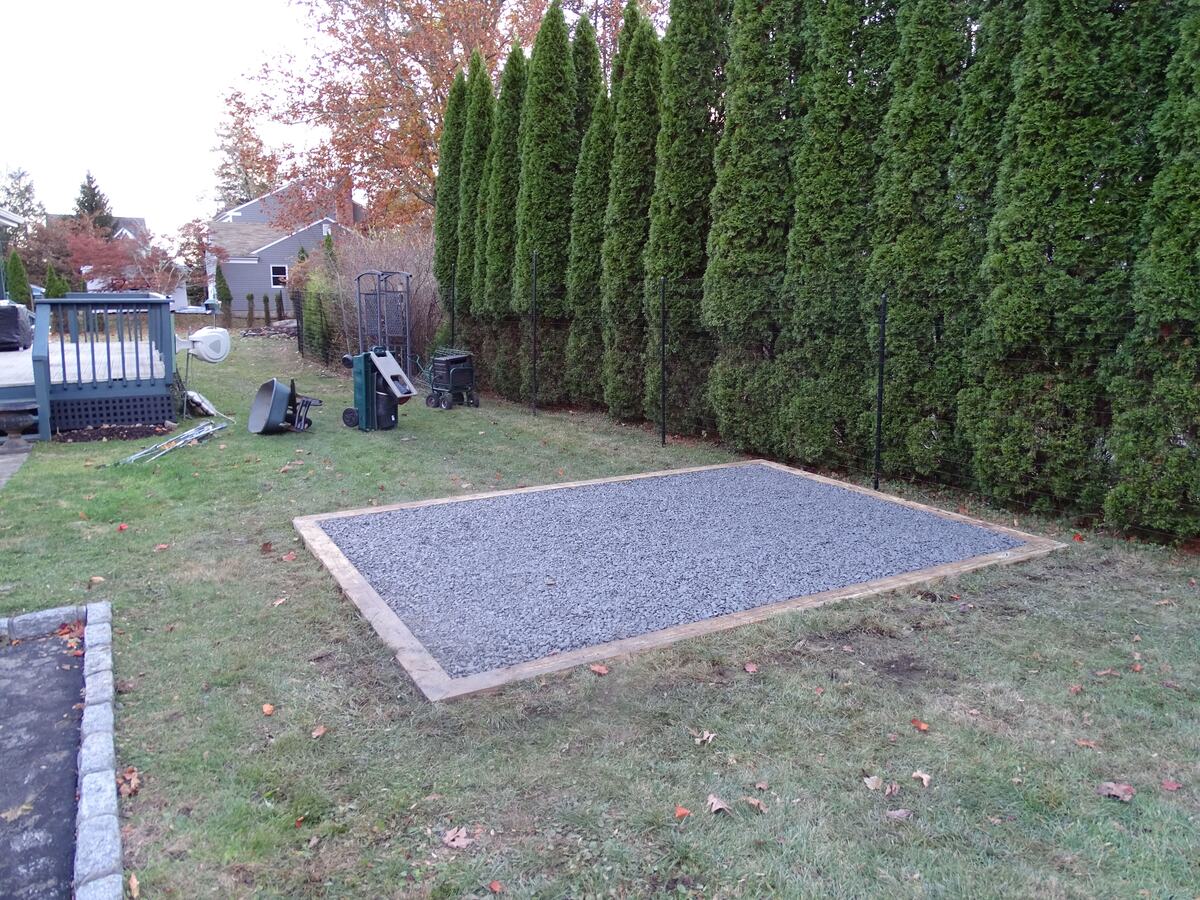
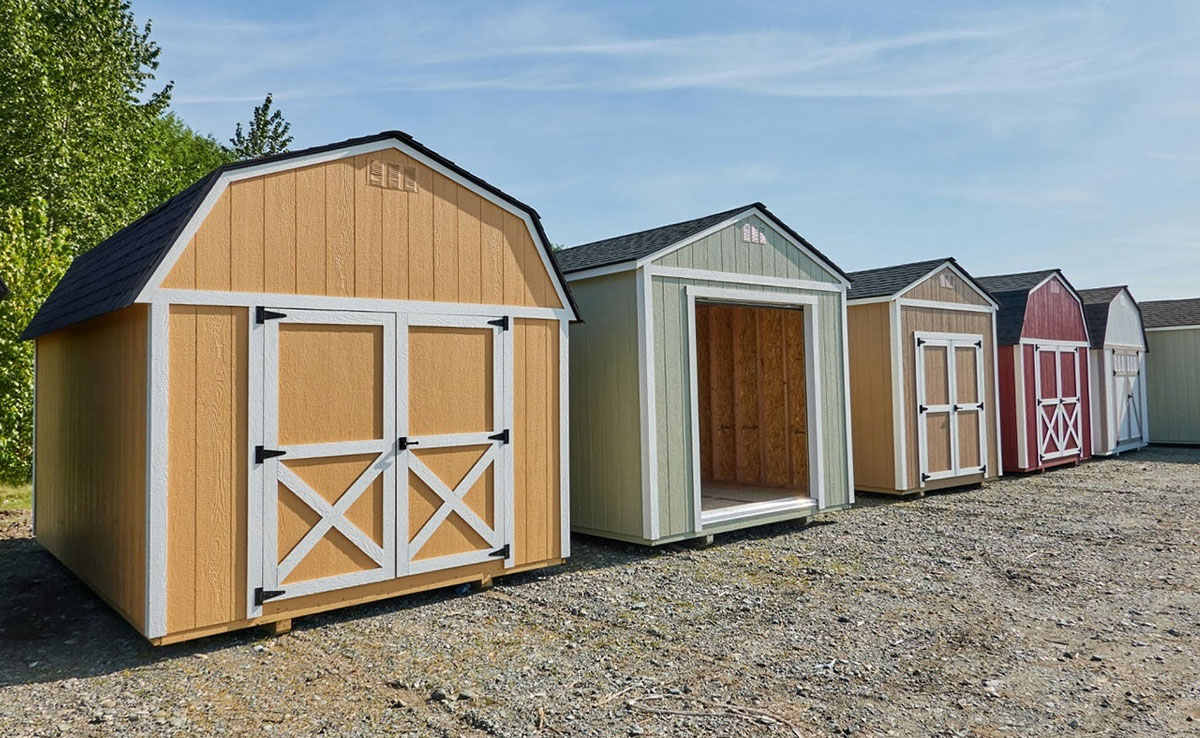


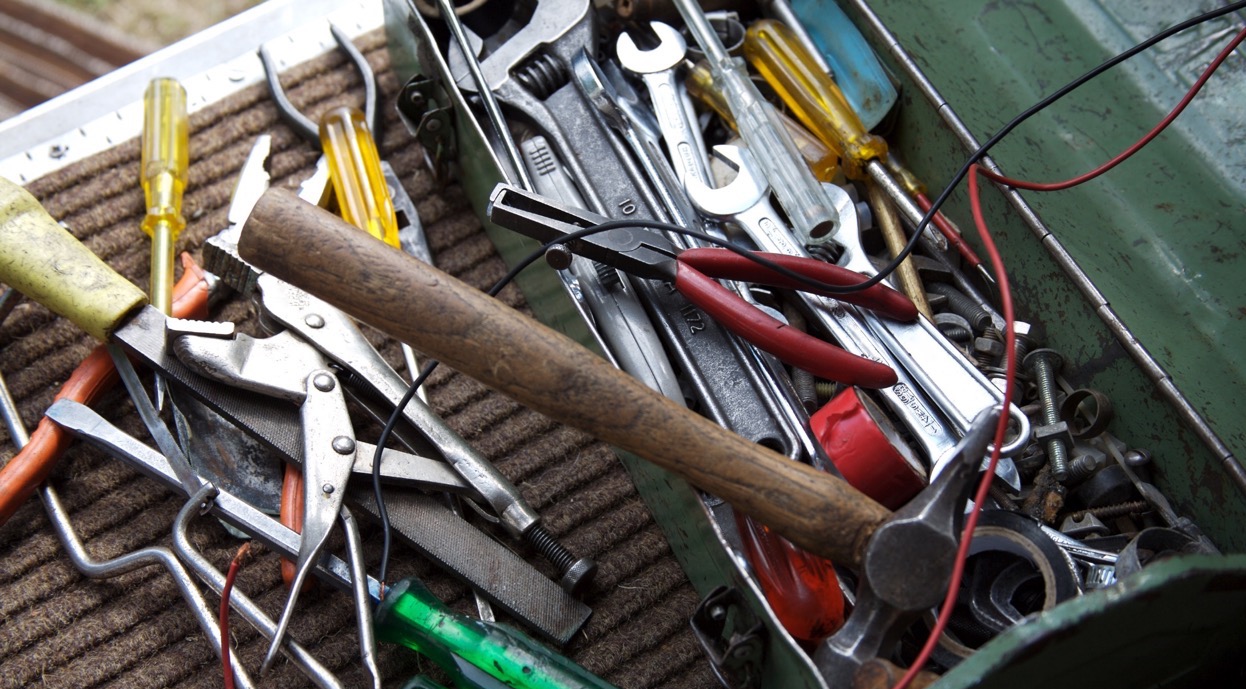
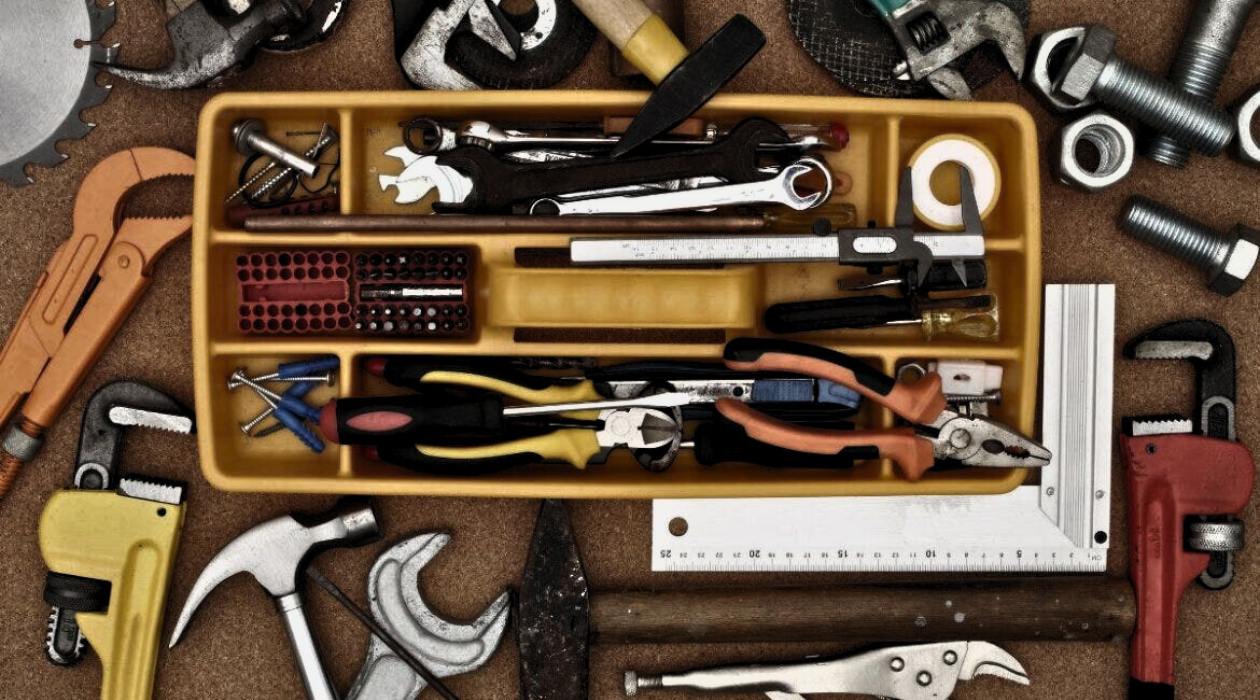

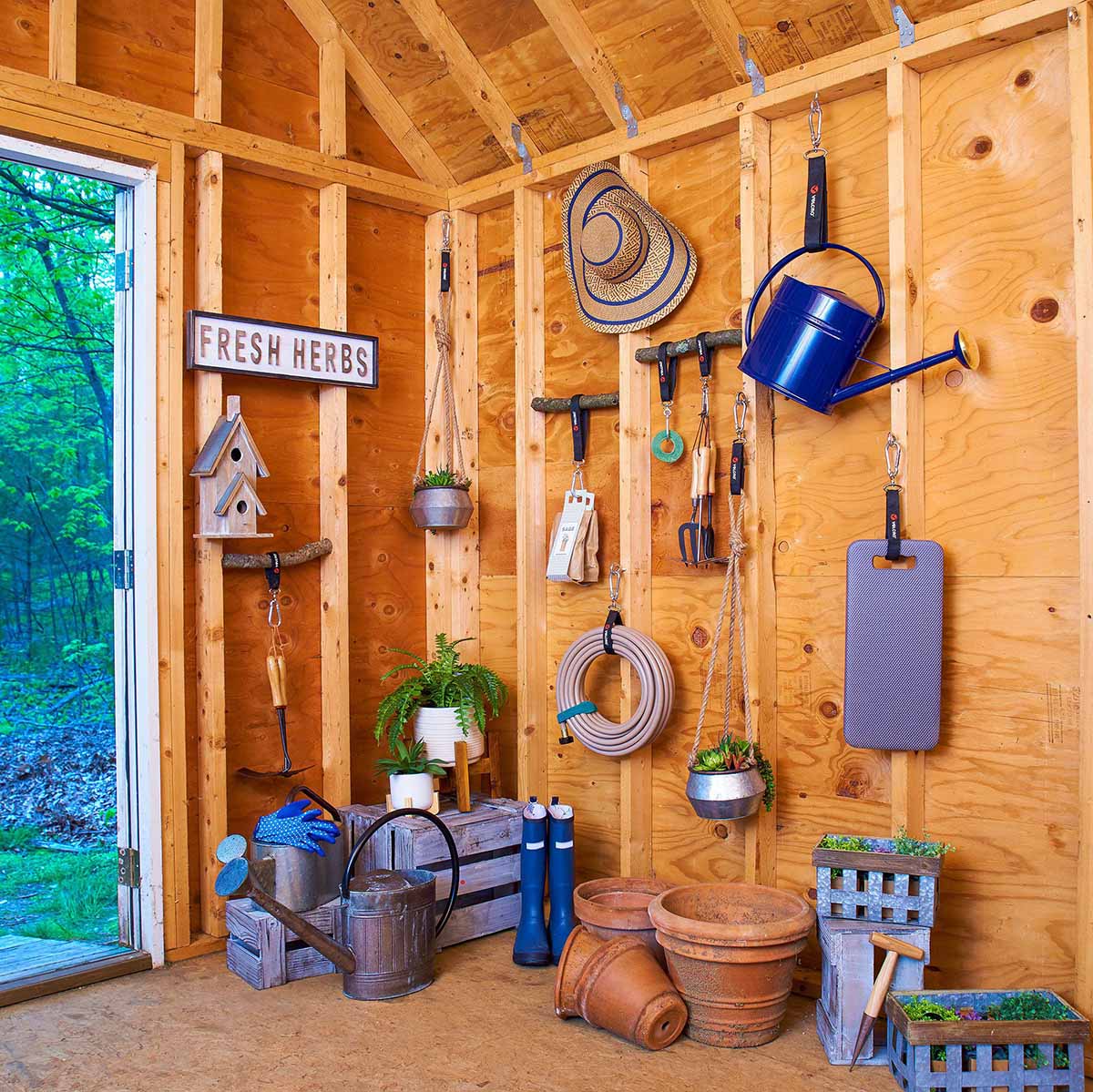
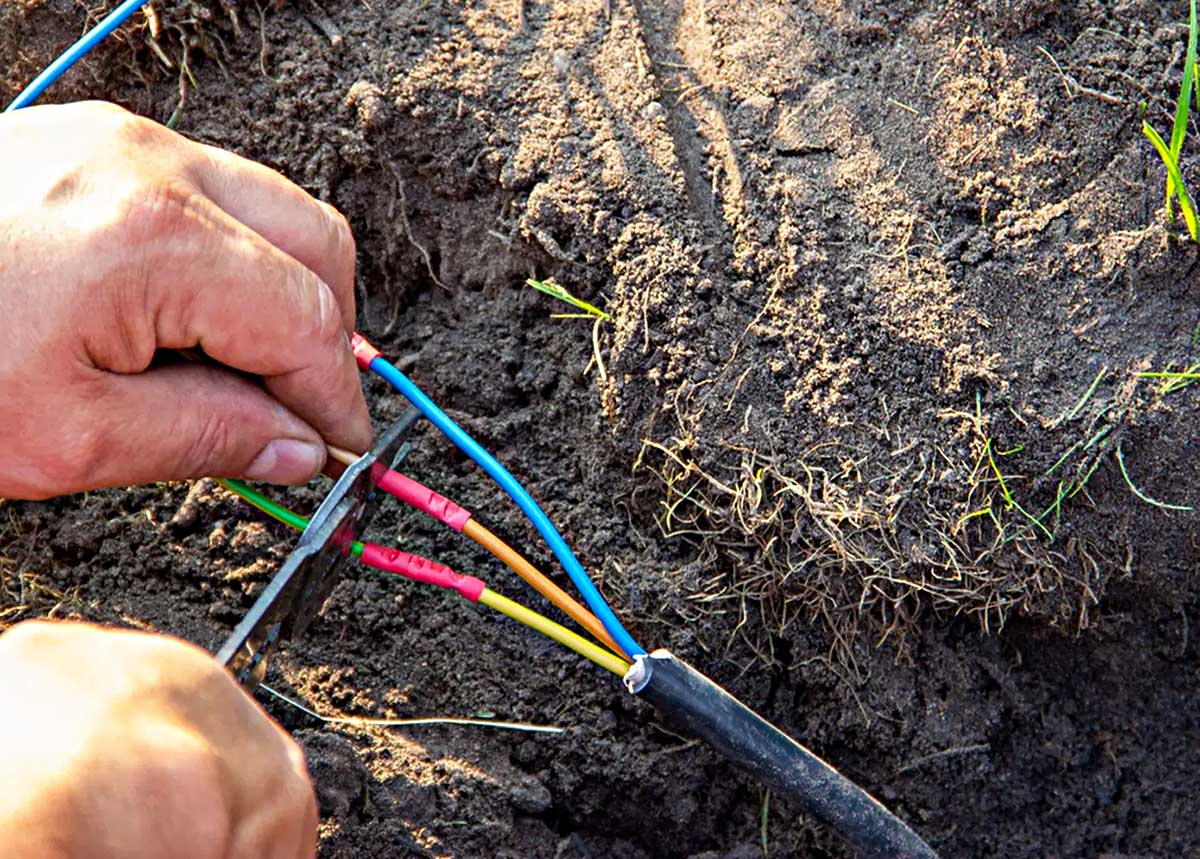

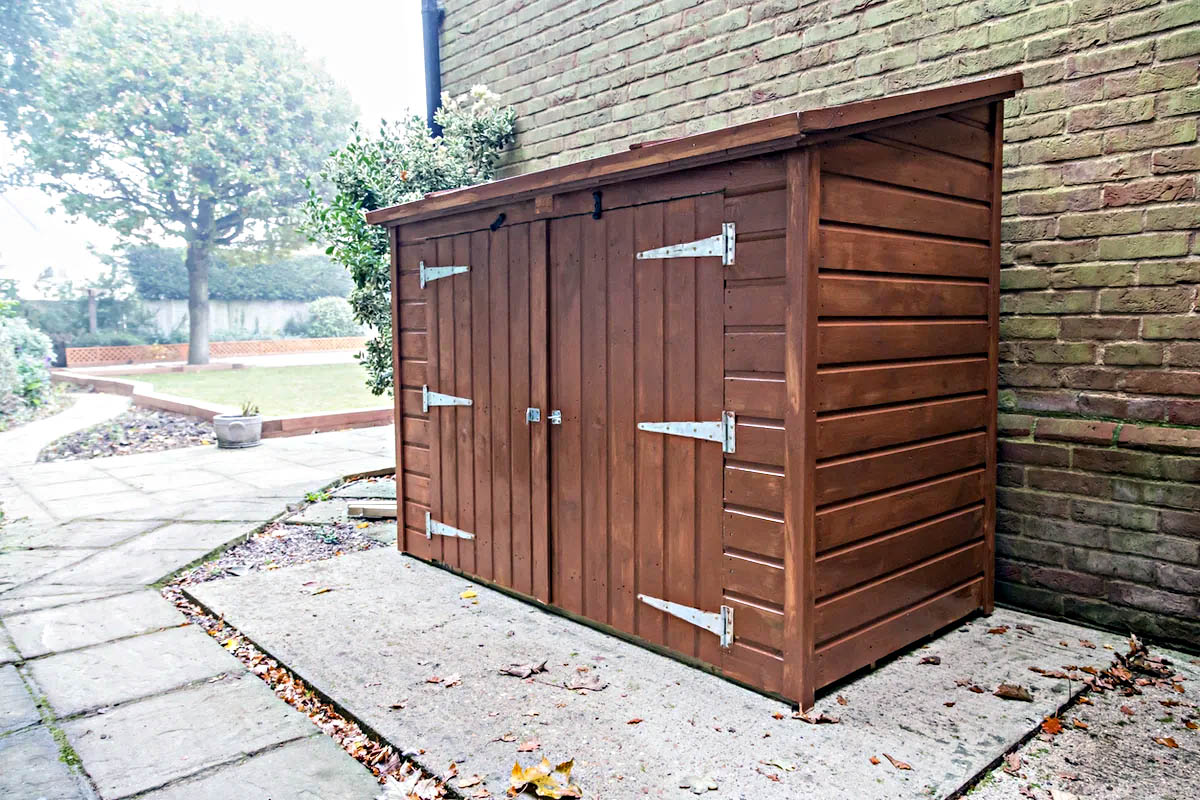
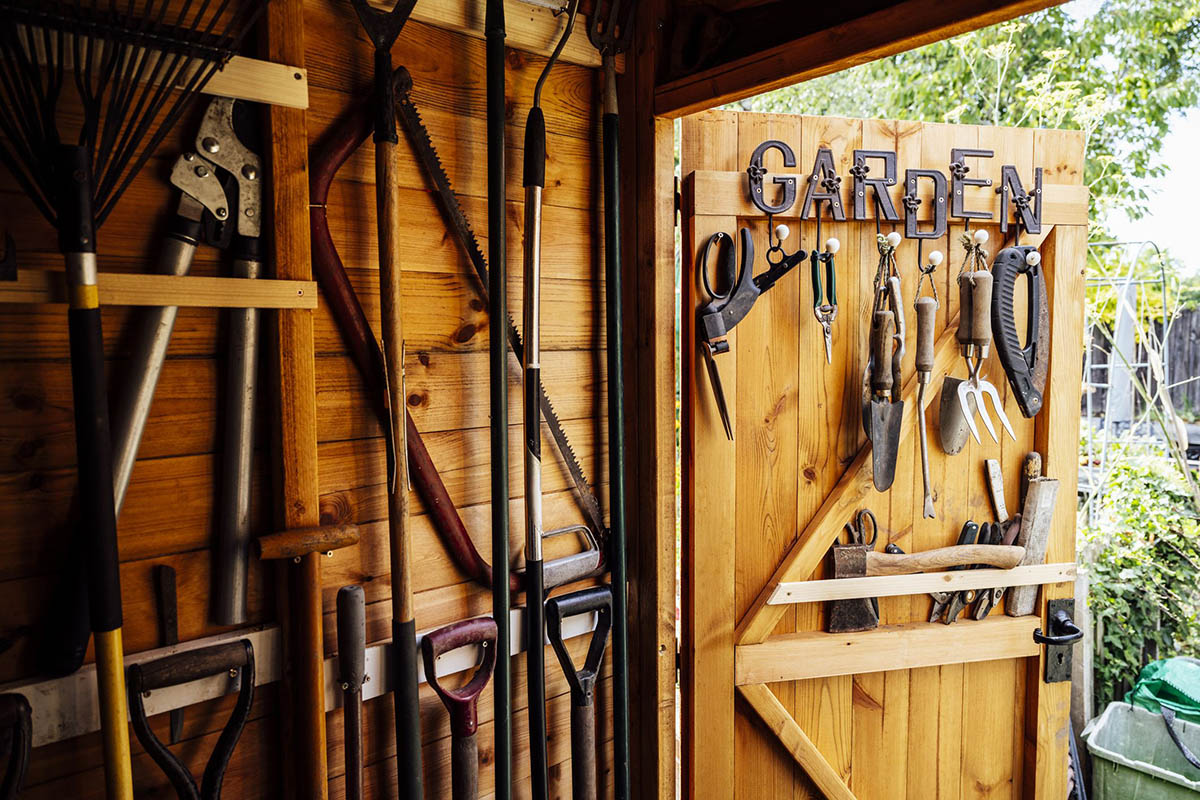
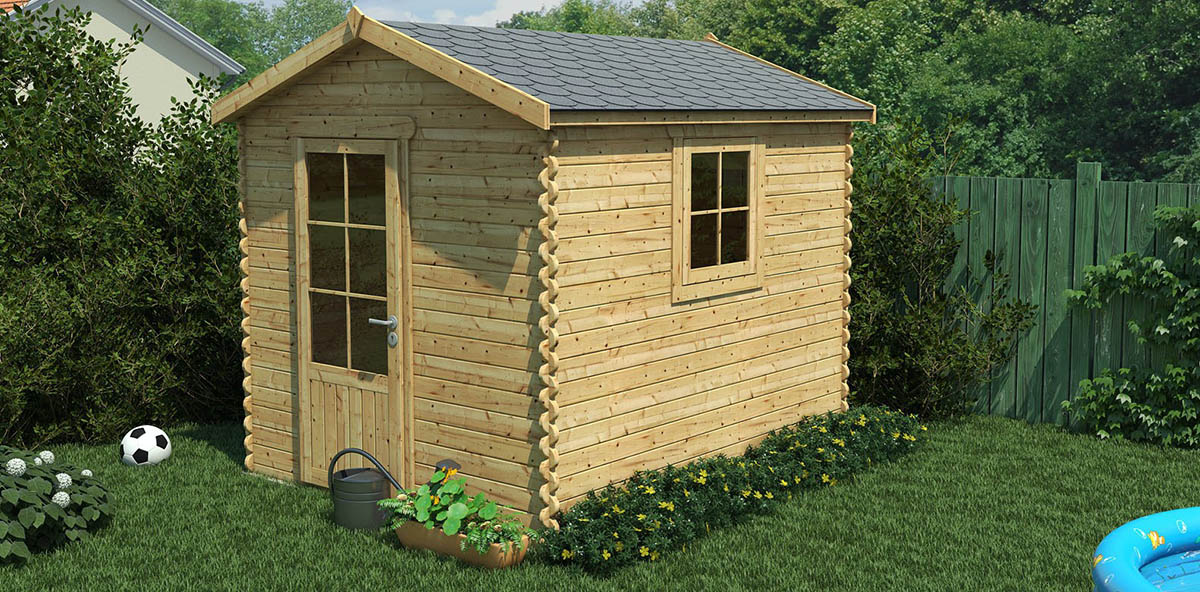
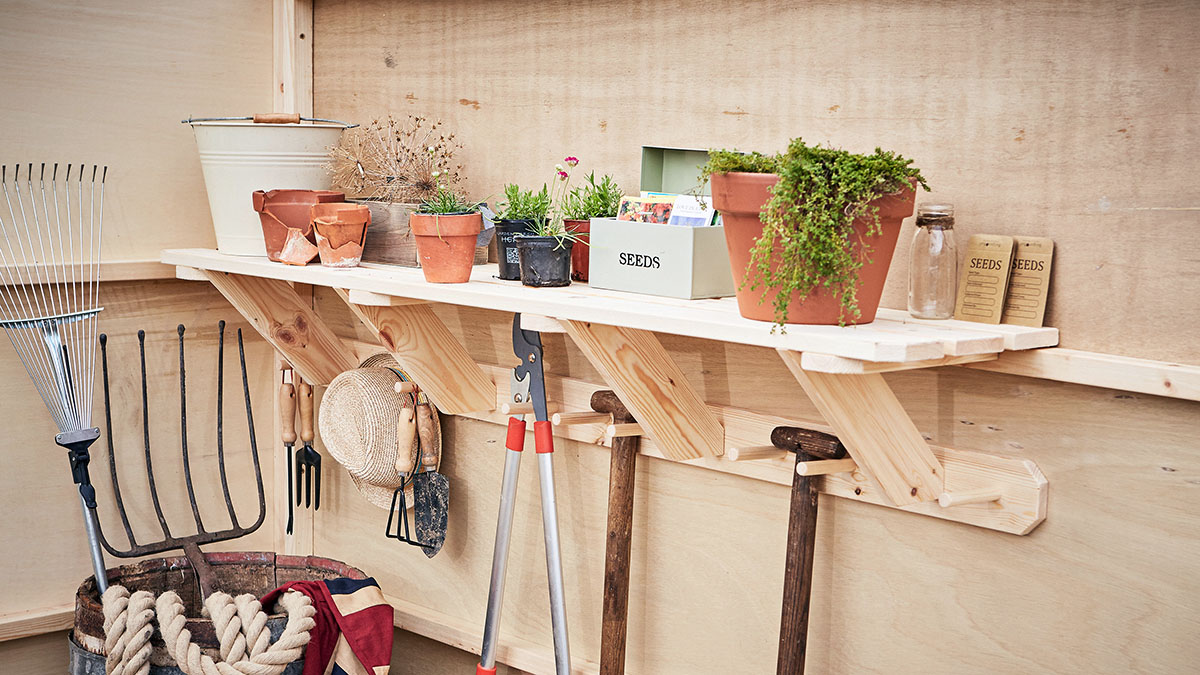
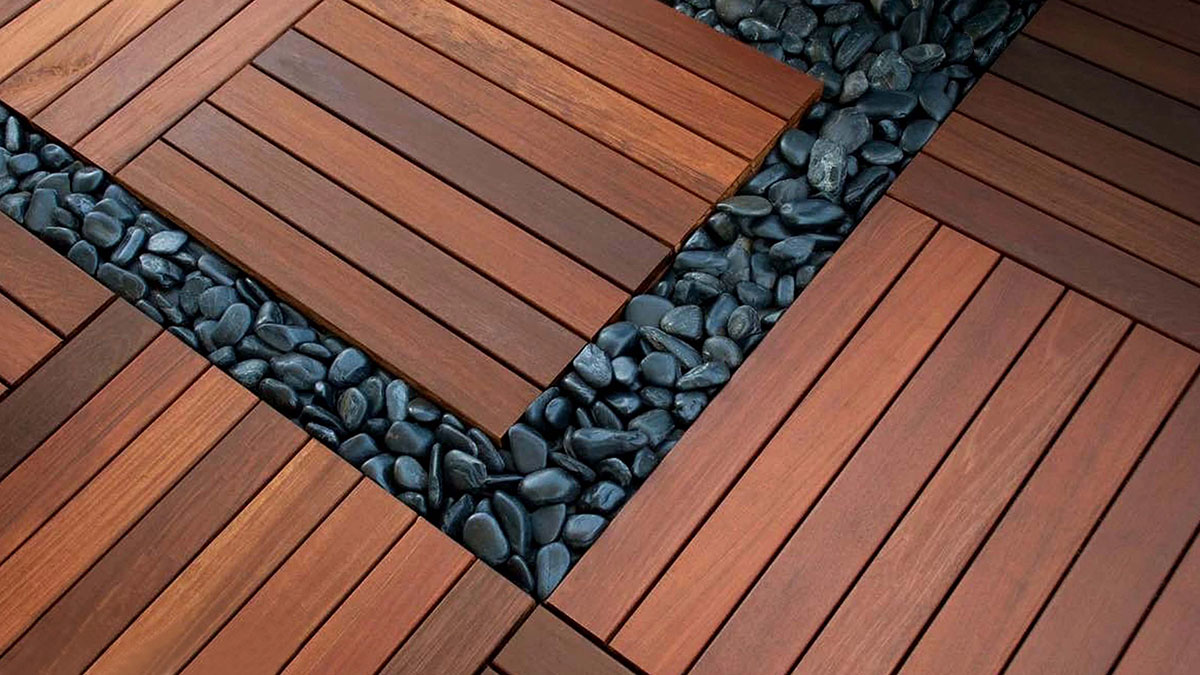

0 thoughts on “What Is The Asset Type For A Tool Shed”